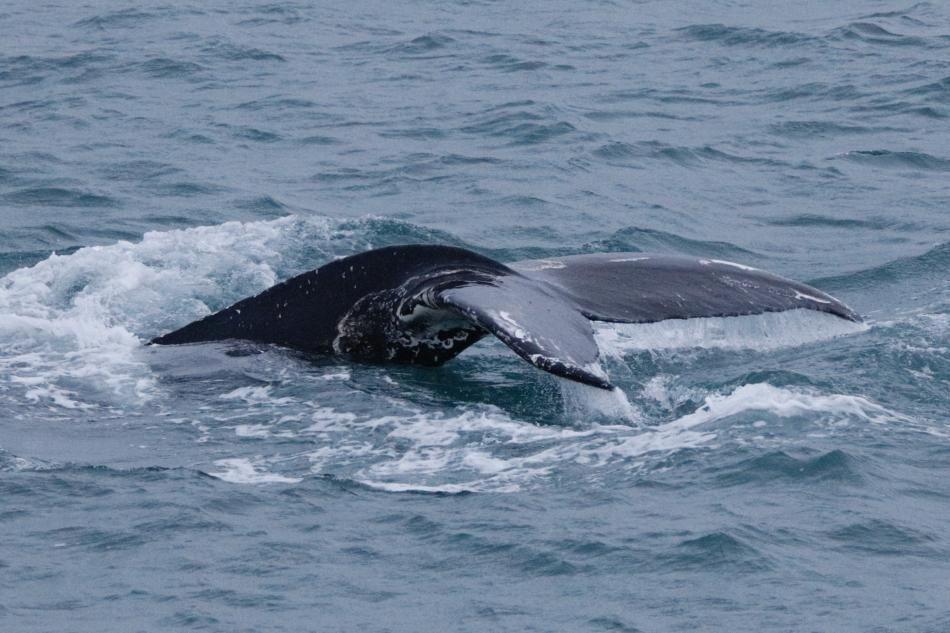
Friday, 29th of December 2023
Today we will be operating on our lovely vessel Eldey and Hafsúlan for the 13:00 Classic Whale Watching tour. Make sure to dress appropriately for the tours as it is always colder on sea than on land.
- CLASSIC WHALE TOUR | 13:00
CLASSIC WHALE TOUR | 13:00
Report from Eldey and Hafsulan: The conditions were amazing today with almost no wind and a very flat sea with a clear sky. We went out in the same area than yesterday near Lundey hoping to find the humpback whale that was seen there yesterday. And her it was! This humpback whale still seemed quite relaxed going for frequent surfaces near by and showing its tail. We left to visit other areas and try to find other animals. On Eldey we spotted a few harbour porpoises that popped in front of us and quickly disappeared. On Hafsulan we spotted a large group of 30 white-beaked dolphins that was calmly swimming. We then came back to the humpback to have a last look, it was very close to land near Esja. We then went back to the harbour.
- Miquel Pons
Wildlife seen today:

The Humpback Whale is quite spectacular undergoing the longest migration of any mammal (5176miles/8334km one way), attracting females by singing to them and of course their energetic nature. On many occasions humpbacks have been seen breaching, tail slapping, fin slapping, blowing bubbles and spy hopping just to mention a few. The humpback is also one of the larger whales we encounter

The white-beaked dolphin is the most common dolphin found in the surrounding waters of Iceland and is seen not only in the summer but winter too usually in larger numbers, hundreds sometimes. When feeding they show energetic behaviour such as breaching out of the water and coming down with a big splash and bursts of fast swimming.

The Harbour Porpoise is the smallest and most abundant cetacean around Iceland. They are usually shy but occasionally they come and play around the boats. They can be relatively hard to spot from a distance due to their size and their abundance depends entirely on the food availability of our shores since they are opportunistic feeders.




